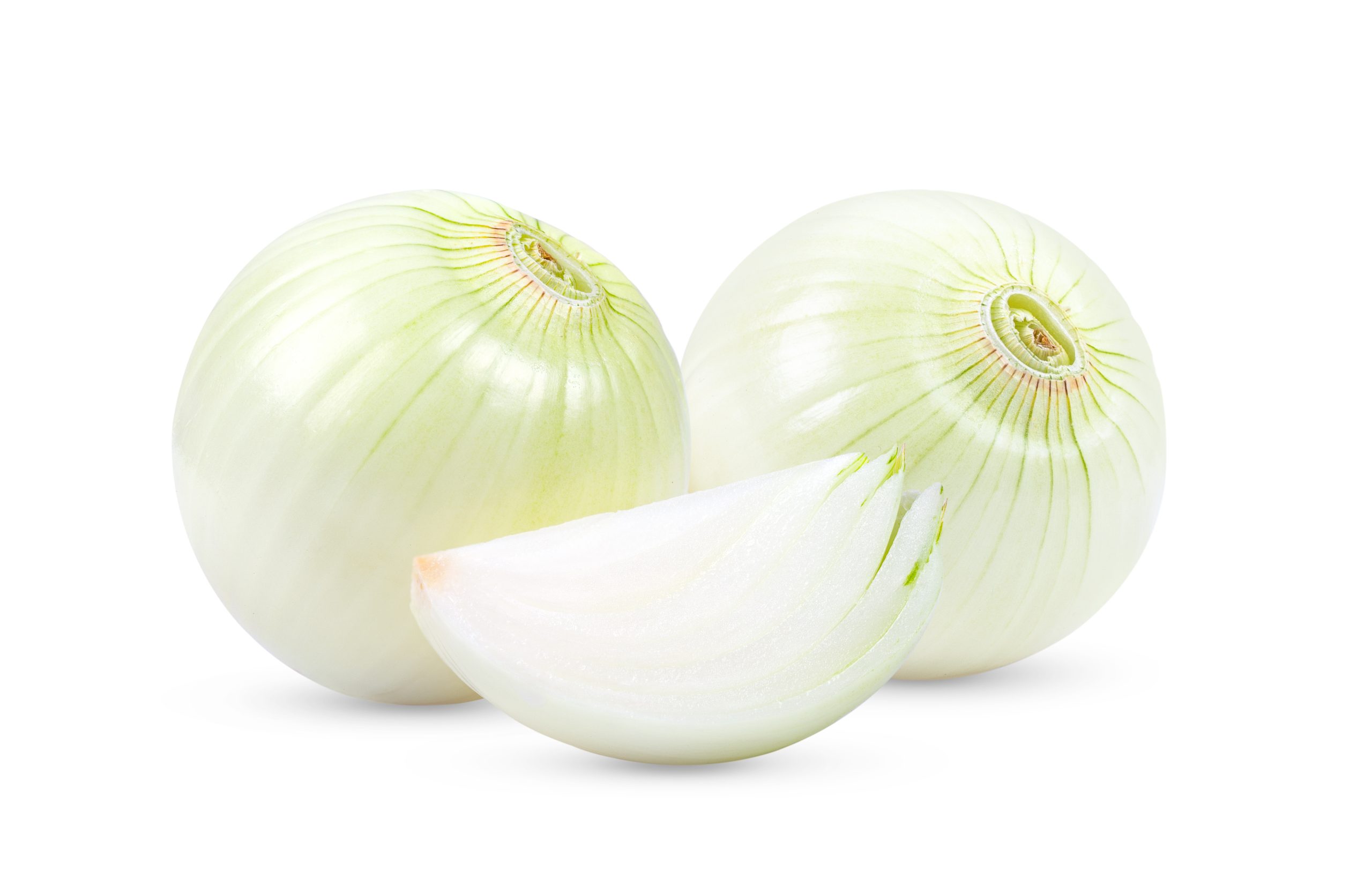Seasons/Availability
White onions are available year-round.
Selection/Storage
When selecting white onions, look for bulbs that are firm and free of blemishes. Avoid any that are soft or have a strong odor. White onions can be stored in a cool, dark place for up to two weeks. For longer storage, keep them in the refrigerator where they will last up to three months. Always store away from other fruits and vegetables as their pungent flavor can easily transfer over.
Usage
White onions are versatile and can be used raw or cooked in a variety of dishes. They work well diced, sliced, or chopped in salads, soups, stews, casseroles, curries, stir-fries, sandwiches and wraps. Additionally, white onions are popular when pickled, grilled, and roasted. When cooking with white onions, consider pairing them other vegetables such as mushrooms, tomatoes, squash, and peppers. They also work well with meats like beef, pork, chicken and fish.
Nutrition/Benefits
White onions are a good source of vitamins C and B6 as well as dietary fiber. Additionally they contain small amounts of calcium, iron and magnesium. White onions have antioxidant properties that may help reduce inflammation in the body and may be beneficial for cardiovascular health.
Preparation
White onions can be eaten raw or cooked depending on the recipe or personal preference. To prepare them for use in salads or sandwiches peel away any papery outer layers and then rinse. For cooked dishes, begin by slicing off the stem and root ends with a sharp knife. Cut the onion in half through the center and discard any green sprouts. Peel away the papery outer layer and make thin slices or dice as needed for the dish. Before adding to the pan, prepare any other ingredients that will be used in the recipe. White onions are known to have a strong odor when cut so consider keeping them submerged in cold water until ready to use. This will help reduce pungent odors when cooking or baking with white onions.




